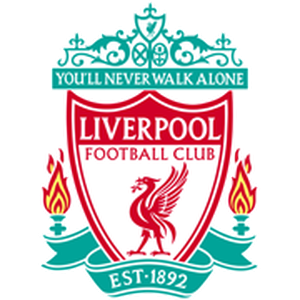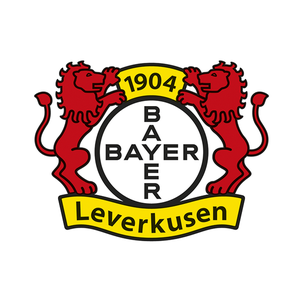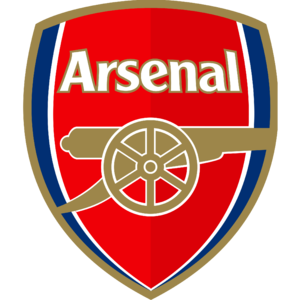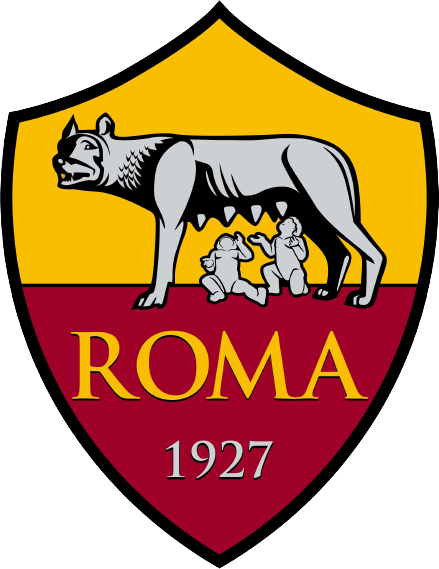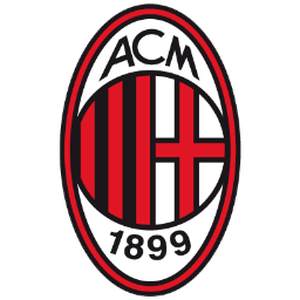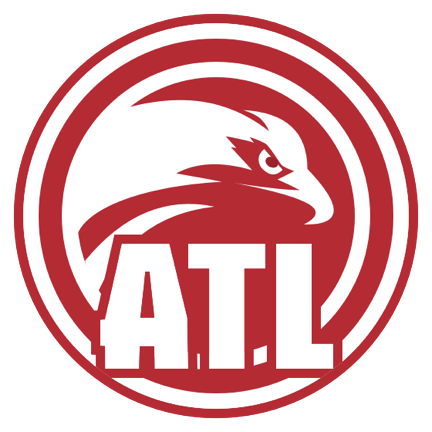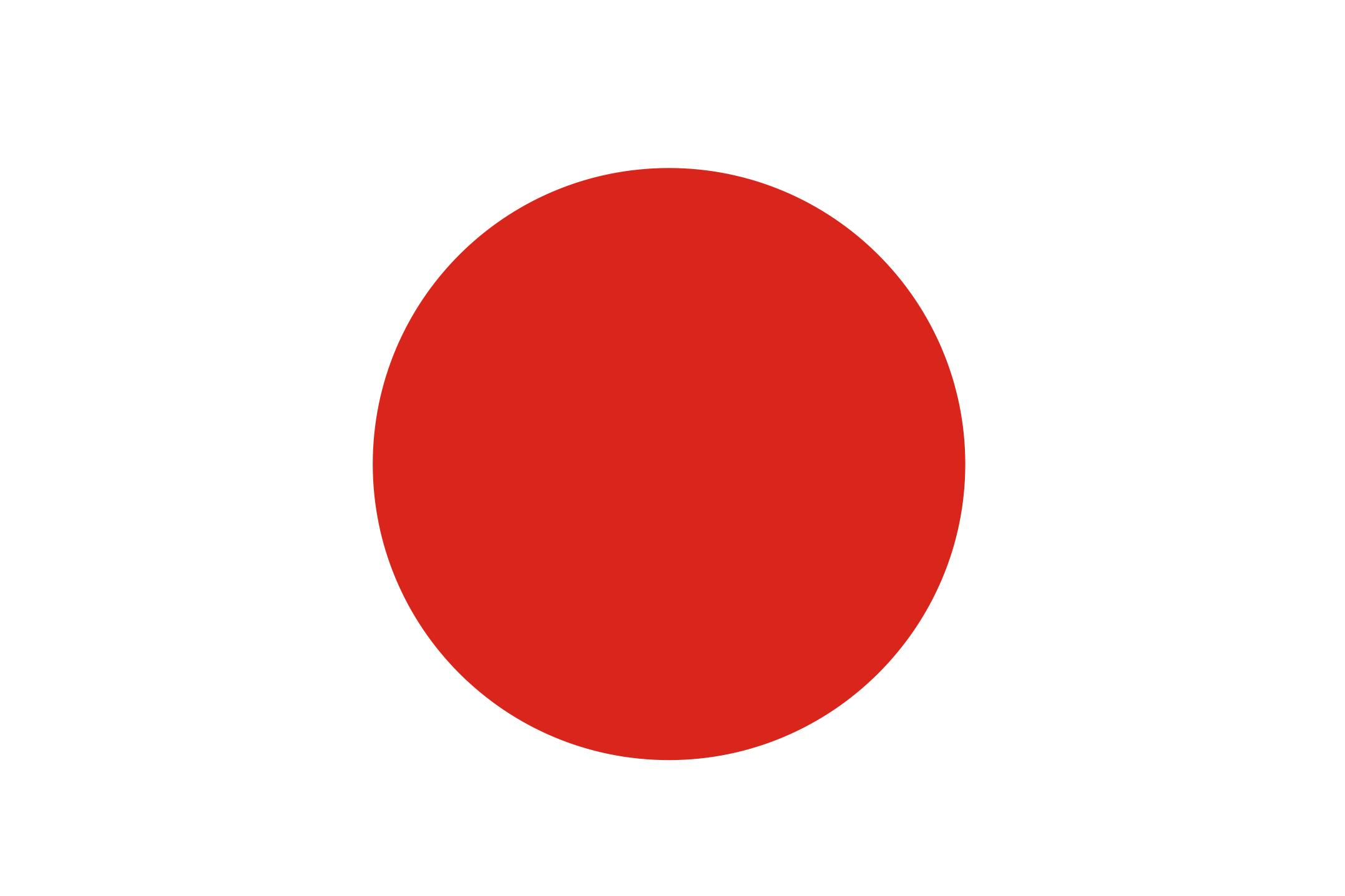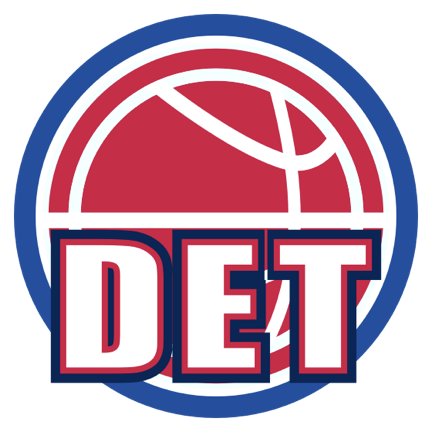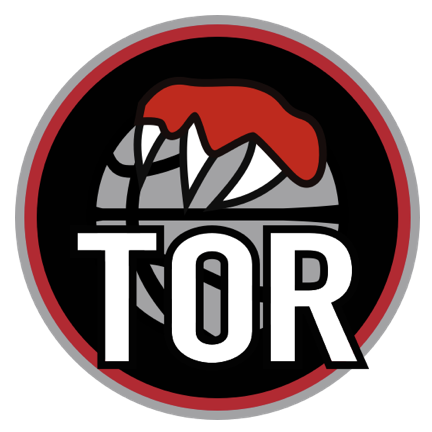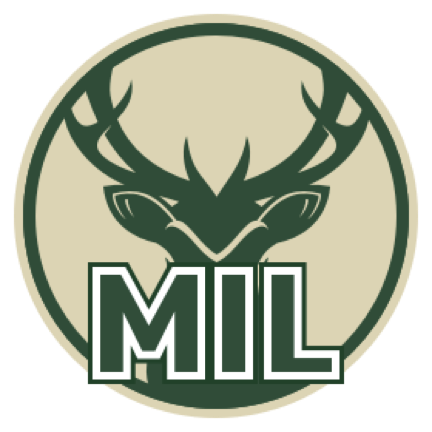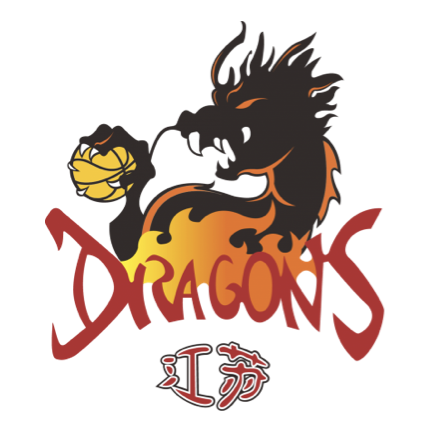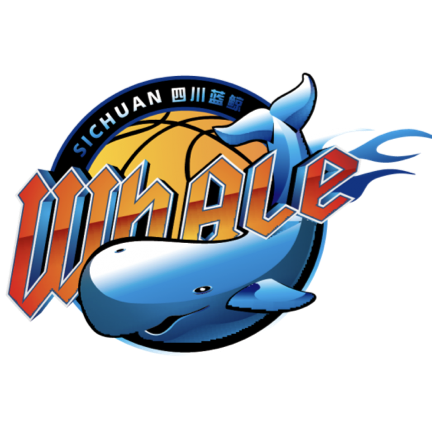
作者:宠物医师网编委会
点击阅读作者更多临床文献
摘要
家猫自驯化以来,经历了许多变化。如今,许多家猫生活在安静的室内环境中,缺乏外界的刺激。与此同时,它们的饮食习惯也发生了显著转变:从曾经的猎食者变成了依赖商业加工食品的“食客”。

由于不再需要捕猎,猫咪现在可以全天享受定时定量的食物,这使得它们的进食模式发生了根本性的改变。加上遗传、性别、品种等因素的影响,猫咪更容易出现超重和肥胖(overweight and obesity,O&O)问题。
关键词:流行病学风险因素;超重;肥胖;营养;饮食习惯

一、引言
猫的驯化过程带来了环境、行为和营养方面的显著变化,这些变化增加了猫咪患病的风险,尤其是超重和肥胖(O&O)1-3。
超重和肥胖不仅是人类健康的主要问题,对于伴侣动物来说,也是一个严重的健康隐患4-6。对于猫咪来说,O&O的发生与多个因素相关,包括久在室内生活、随意进食的饮食习惯、主人过度喂食零食、雄性、绝育、年龄增长以及主人低估猫咪体重或身体状况等7,8。更重要的是,随着研究的深入,肥胖逐渐被视为猫咪患上潜在致命疾病的重要风险因素(见图1)4,8。

图1 超重和肥胖(O&O)在家猫中的风险因素、生物标志物及相关病症。
二、什么是超重或肥胖的猫咪?
超重:体重超出理想体重的10%-19%,脂肪细胞肥大,可能伴随代谢退化4,8,9。
肥胖:体重超出理想体重的20%以上,是一种全身性代谢疾病,显著增加发病率和死亡率4,8,9。

如何科学评估猫咪的健康状况?
体况评分(body condition score,BCS)是最常用的半定量评估猫咪体况的方法19-22。BCS采用1到5的半数分制或1到9的整数分制。
BCS评分标准(9分制)
1分:极度消瘦,肋骨、脊柱和骨盆明显可见,无脂肪覆盖。
2-4分:体重过轻,肋骨和脊柱易于触摸,腰部凹陷明显。
5分:理想体况,肋骨可触摸但不明显,腰部线条流畅。
6-7分:超重,肋骨难以触摸,腰部线条模糊,腹部脂肪开始堆积。
8-9分:肥胖,肋骨被厚厚脂肪覆盖,腰部消失,腹部明显下垂。
注意:对于年长猫咪,6/9的BCS评分可能是适宜的,因为随着年龄增长,猫咪的代谢率下降,稍微超重可能更有利于健康。
体质指数(body mass index,BMI)也是评估猫咪肥胖的重要指标。BMI通过测量猫咪的胸围和腿部长度,计算体脂百分比,帮助更精确地判断猫咪的体重状况。

图 2 计算猫体重指数 (BMI) 的方程式。
猫咪的BMI在10%-29%之间被认为是健康体重,而BMI达到30%或更高则表示超重或肥胖。
虽然BCS和BMI是常用的评估工具,但它们并不能完全反映猫咪体内脂肪的分布情况。例如,某些猫咪可能外表看起来不胖,但内脏脂肪过多,这种“隐形肥胖”同样对健康构成威胁。
三、猫咪肥胖的自身风险因素
家猫超重和肥胖的发生与多种风险因素密切相关,这些因素可分为内在因素和外在因素。

1.1 品种
易胖品种:英国短毛猫、缅因猫和挪威森林猫等品种更容易超重。
不易胖品种:阿比西尼亚猫、康奈尔·雷克斯猫和斯芬克斯猫等品种肥胖风险较低。
混血猫:研究发现,混血猫的BMI通常高于纯种猫,可能与遗传多样性有关。
1.2 年龄
高发年龄段:5至11岁的猫咪是肥胖的高发群体,平均年龄为8.3岁。
年轻猫咪:完全室内饲养的年轻猫咪在12至13个月大时就开始显现肥胖风险。
1.3 性别与绝育
性别差异:未绝育的雄性猫比雌性猫更容易增重,但绝育后,雌性猫的肥胖风险更高。
绝育的影响:绝育手术会降低猫咪的能量需求,同时增加食欲,导致体重迅速增加。研究表明,绝育后1个月和3个月,猫咪的体重分别增加了17%和43%。
四、猫咪肥胖的外部风险因素
4.1饮食
干粮 vs 湿粮:以干粮为主食的猫咪比吃湿粮的猫咪更容易超重,风险高达2.4倍。
自由进食:全天随意进食的猫咪更容易发胖,尤其是干粮喂养的猫咪。

4.2 宏量营养素
在野外,猫咪是典型的食肉动物,这意味着它们的饮食中碳水化合物的含量非常低,而蛋白质含量则特别高。然而,市面上出售的商业猫粮配方差异很大,现代猫粮配方与猫咪自然饮食之间的差异,可能是导致猫咪肥胖的主要原因。
高脂肪饮食比高碳水化合物饮食更容易导致体重增加,并伴随胰岛素水平升高。
4.3 生活方式
室内生活:缺乏户外活动的猫咪更容易超重,肥胖风险是户外猫咪的两倍。
运动量不足:室内猫会因为缺乏运动导致猫咪感到无聊,,容易因无聊而暴饮暴食。相比之下,户外猫咪通常生活在更具刺激性的环境中,不易感到无聊,也较不容易暴饮暴食。

4.4 主人的认知与行为
过度喂食:主人对猫咪体重的低估或过度喂食是导致肥胖的主要原因。
讨食行为:频繁讨食的猫咪更容易超重,尤其是主人误解其需求而过度喂养的情况。
认知偏差:那些对猫咪表现出更多亲昵行为、将肥胖与“可爱”或“圆润的身体形态”联系起来,并认为这是一种积极特征的主人,通常更容易拥有一只超重或肥胖的猫咪。
五、结论
随着家猫肥胖(O&O)患病率的逐步增加,我们可以看到肥胖与多种流行病学风险因素息息相关,这些因素可以大致分为内在因素(与动物自身特性相关)和外在因素(如饮食、生活方式以及主人对猫咪的照顾)。
因此,早期的饮食干预和喂养管理策略显得尤为重要。比如避免给予高脂肪(HF)食物以及自由进食,都是预防肥胖的有效手段。同时,教育猫主人了解体况评分(BCS)以及肥胖对猫咪健康的长期影响,也将大大有助于预防和治疗肥胖相关并发症。
参考文献
1Miyazaki T,Sasaki SI,Toyoda A,et al.Influences of taurine deficiency on bile acids of the bile in the cat model.Adv Exp Med Biol 2019;1155:35–44.
2.Forman MA,Steiner JM,Armstrong PJ,et al.ACVIM consensus statement on pancreatitis in cats.J Vet Intern Med2021;35:703–723.
3.Hoenig M.The cat as a model for human obesity and diabetes.J Diabetes Sci Technol 2012;6:525–533.
4.Rowe E,Browne W,Casey R,et al.Risk factors identified for owner-reported feline obesity at around one year of age:dry diet and indoor lifestyle.Prev Vet Med 2015;121:273–281.
5,Wallis N and Raffan E.The genetic basis of obesity andrelated metabolic diseases in humans and companion animals.Genes(Basel)2020;11.DOI:10.3390/genes11111378.
6.Koenen M,Hill MA,Cohen P,et al.Obesity,adipose tissueand vascular dysfunction.Circ Res 2021;128:951–968.
7.Corbee RJ.Obesity in show cats.J Anim Physiol Anim Nutr(Berl)2014;98:1075–1080.
8.Clark M and Hoenig M.Feline comorbidities:pathophysiology and management of the obese diabetic cat.J FelineMed Surg 2021;23:639–648.
9.German AJ.The growing problem of obesity in dogs andcats.J Nutr 2006;136:1940S–1946S.
10.Chandler M,Cunningham S,Lund EM,et al.Obesity andassociated comorbidities in people and companion animals:a one health perspective.J Comp Pathol 2017;156:296–309.
11.Shepherd M.Canine and feline obesity management.VetClin North Am Small Anim Pract 2021;51:653–667.
12.Cave NJ,Allan FJ,Schokkenbroek SL,et al.A crosssectional study to compare changes in the prevalence andrisk factors for feline obesity between 1993 and 2007 inNew Zealand.Prev Vet Med 2012;107:121–133.
13.Vandendriessche VL,Picavet P and Hesta M.First detailednutritional survey in a referral companion animal population.J Anim Physiol Anim Nutr(Berl)2017;101:4–14.
14.Öhlund M,Palmgren M and Holst BS.Overweight in adultcats:a crosssectional study.Acta Vet Scand 2018;60:5.DOI:10.1186/s13028-018-0359-7.
15.Wall M,Cave NJ and Vallee E.Owner and cat-related riskfactors for feline overweight or obesity.Front Vet Sci 2019;
16.Witzel AL.Comorbidities associated with obesity.In:Ettinger SJ,Feldman EC and CôtéE(eds).Textbook of veterinary internal medicine:diseases of the dog and the cat.8th ed.St Louis,MO:Elsevier,2017,pp 2171–2174.
17.Zhao J,Zhou A and Qi W.The potential to fight obesitywith adipogenesis modulating compounds.Int J Mol Sci2022;23.DOI:10.3390/ijms23042299.
18.Lin X and Li H.Obesity:epidemiology,pathophysiology,and therapeutics.Front Endocrinol(Lausanne)2021;12.DOI:10.3389/fendo.2021.706978.
19.Teng KT,McGreevy PD,Toribio JL,et al.Strong associations of nine-point body condition scoring with survivaland lifespan in cats.J Feline Med Surg 2018;20:1110–1118.
20.Martins TO,Ramos RC,Possidonio G,et al.Feline obesitycauses hematological and biochemical changes and oxidative stress–a pilot study.Vet Res Commun 2023;47:167–177.
21.World Small Animal Veterinary Association.Body condition score.https://wsava.org/wp-content/uploads/2020/08/Body-Condition-Score-cat-updated-August-2020.pdf(2020,accessed 11 April 2024).
22.Shoveller AK,DiGennaro J,Lanman C,et al.Trained vsuntrained evaluator assessment of body condition scoreas a predictor of percent body fat in adult cats.J Feline MedSurg 2014;16:957–965.
23.Butterwick R.How fat is that cat?J Feline Med Surg 2000;2:91–94.
24.Okada Y,Ueno H,Mizorogi T,et al.Diagnostic criteria forobesity disease in cats.Front Vet Sci 2019;6.DOI:10.3389/fvets.2019.00284.
25.Colliard L,Paragon BM,Lemuet B,et al.Prevalence andrisk factors of obesity in an urban population of healthycats.J Feline Med Surg 2009;11:135–140.
26.Wei A,Fascetti AJ,Kim K,et al.Post-castration variationsin weight gain in a cohort of young adult male cats.J NutrSci 2014;3.DOI:10.1017/jns.2014.37.
27.Allaway D,Gilham MS,Colyer A,et al.Metabolic profiling reveals effects of age,sexual development and neutering in plasma of young male cats.PLoS One 2016;11.DOI:10.1371/journal.pone.0168144.
28.de Godoy MR and Shoveller AK.Overweight adult catshave significantly lower voluntary physical activity thanadult lean cats.J Feline Med Surg 2017;19:1267–1273.
29.Teixeira FA,Queiroz MR,Oba PM,et al.Brazilian ownersperception of the body condition score of dogs and cats.BMC Vet Res 2020;16:463.DOI:10.1186/s12917-020-02679-8.
30.Teng KT,McGreevy PD,Toribio JLML,et al.Positive attitudes towards feline obesity are strongly associated withownership of obese cats.PLoS One 2020;15.DOI:10.1371/journal.pone.0234190.
31.Machado DS,Gonçalves LDS,Vicentini RR,et al.Belovedwhiskers:management type,care practices and connections to welfare in domestic cats.Animals(Basel)2020;10.DOI:10.3390/ani10122308.
32.Chiang CF,Villaverde C,Chang WC,et al.Prevalence,riskfactors,and disease associations of overweight and obesity in cats that visited the Veterinary Medical TeachingHospital at the University of California,Davis from January 2006 to December 2015.Top Companion Anim Med 2022;DOI:10.1016/j.tcam.2021.100620.
33.Hoelmkjaer KM and Bjornvad CR.Management of obesityin cats.Vet Med(Auckl)2014;5:97–107.
34.Teng KT,McGreevy PD,Toribio JALML,et al.Associationsof body condition score with health conditions related tooverweight and obesity in cats.J Small Anim Pract 2018;59:603–615.
35.O’Neill DG,Gunn-Moore D,Sorrell S,et al.Commonlydiagnosed disorders in domestic cats in the UK and theirassociations with sex and age.J Feline Med Surg 2023;25.DOI:10.1177/1098612X231155016.
36.Mizorogi T,Kobayashi M,Ohara K,et al.Effects of age oninflammatory profiles and nutrition/energy metabolismin domestic cats.Vet Med(Auckl)2020;11:131–137.
37.Backus RC,Cave NJ and Keisler DH.Gonadectomy andhigh dietary fat but not high dietary carbohydrate inducegains in body weight and fat of domestic cats.Br J Nutr2007;98:641–650.
38.Teng KT,McGreevy PD,Toribio JLML,et al.Risk factorsfor underweight and overweight in cats in metropolitanSydney,Australia.Prev Vet Med 2017;144:102–111.
39.Godfrey H,Morrow S,Abood SK,et al.Identifying thetarget population and preventive strategies to combat feline obesity.J Feline Med Surg 2024;26.DOI:10.1177/1098612X241228042.
Technical Documentation, 2025.
1Miyazaki T,Sasaki SI,Toyoda A,et al.Influences of taurine deficiency on bile acids of the bile in the cat model.Adv Exp Med Biol 2019;1155:35–44.
2.Forman MA,Steiner JM,Armstrong PJ,et al.ACVIM consensus statement on pancreatitis in cats.J Vet Intern Med2021;35:703–723.
3.Hoenig M.The cat as a model for human obesity and diabetes.J Diabetes Sci Technol 2012;6:525–533.
4.Rowe E,Browne W,Casey R,et al.Risk factors identified for owner-reported feline obesity at around one year of age:dry diet and indoor lifestyle.Prev Vet Med 2015;121:273–281.
5,Wallis N and Raffan E.The genetic basis of obesity andrelated metabolic diseases in humans and companion animals.Genes(Basel)2020;11.DOI:10.3390/genes11111378.
6.Koenen M,Hill MA,Cohen P,et al.Obesity,adipose tissueand vascular dysfunction.Circ Res 2021;128:951–968.
7.Corbee RJ.Obesity in show cats.J Anim Physiol Anim Nutr(Berl)2014;98:1075–1080.
8.Clark M and Hoenig M.Feline comorbidities:pathophysiology and management of the obese diabetic cat.J FelineMed Surg 2021;23:639–648.
9.German AJ.The growing problem of obesity in dogs andcats.J Nutr 2006;136:1940S–1946S.
10.Chandler M,Cunningham S,Lund EM,et al.Obesity andassociated comorbidities in people and companion animals:a one health perspective.J Comp Pathol 2017;156:296–309.
11.Shepherd M.Canine and feline obesity management.VetClin North Am Small Anim Pract 2021;51:653–667.
12.Cave NJ,Allan FJ,Schokkenbroek SL,et al.A crosssectional study to compare changes in the prevalence andrisk factors for feline obesity between 1993 and 2007 inNew Zealand.Prev Vet Med 2012;107:121–133.
13.Vandendriessche VL,Picavet P and Hesta M.First detailednutritional survey in a referral companion animal population.J Anim Physiol Anim Nutr(Berl)2017;101:4–14.
14.Öhlund M,Palmgren M and Holst BS.Overweight in adultcats:a crosssectional study.Acta Vet Scand 2018;60:5.DOI:10.1186/s13028-018-0359-7.
15.Wall M,Cave NJ and Vallee E.Owner and cat-related riskfactors for feline overweight or obesity.Front Vet Sci 2019;
16.Witzel AL.Comorbidities associated with obesity.In:Ettinger SJ,Feldman EC and CôtéE(eds).Textbook of veterinary internal medicine:diseases of the dog and the cat.8th ed.St Louis,MO:Elsevier,2017,pp 2171–2174.
17.Zhao J,Zhou A and Qi W.The potential to fight obesitywith adipogenesis modulating compounds.Int J Mol Sci2022;23.DOI:10.3390/ijms23042299.
18.Lin X and Li H.Obesity:epidemiology,pathophysiology,and therapeutics.Front Endocrinol(Lausanne)2021;12.DOI:10.3389/fendo.2021.706978.
19.Teng KT,McGreevy PD,Toribio JL,et al.Strong associations of nine-point body condition scoring with survivaland lifespan in cats.J Feline Med Surg 2018;20:1110–1118.
20.Martins TO,Ramos RC,Possidonio G,et al.Feline obesitycauses hematological and biochemical changes and oxidative stress–a pilot study.Vet Res Commun 2023;47:167–177.
21.World Small Animal Veterinary Association.Body condition score.https://wsava.org/wp-content/uploads/2020/08/Body-Condition-Score-cat-updated-August-2020.pdf(2020,accessed 11 April 2024).
22.Shoveller AK,DiGennaro J,Lanman C,et al.Trained vsuntrained evaluator assessment of body condition scoreas a predictor of percent body fat in adult cats.J Feline MedSurg 2014;16:957–965.
23.Butterwick R.How fat is that cat?J Feline Med Surg 2000;2:91–94.
24.Okada Y,Ueno H,Mizorogi T,et al.Diagnostic criteria forobesity disease in cats.Front Vet Sci 2019;6.DOI:10.3389/fvets.2019.00284.
25.Colliard L,Paragon BM,Lemuet B,et al.Prevalence andrisk factors of obesity in an urban population of healthycats.J Feline Med Surg 2009;11:135–140.
26.Wei A,Fascetti AJ,Kim K,et al.Post-castration variationsin weight gain in a cohort of young adult male cats.J NutrSci 2014;3.DOI:10.1017/jns.2014.37.
27.Allaway D,Gilham MS,Colyer A,et al.Metabolic profiling reveals effects of age,sexual development and neutering in plasma of young male cats.PLoS One 2016;11.DOI:10.1371/journal.pone.0168144.
28.de Godoy MR and Shoveller AK.Overweight adult catshave significantly lower voluntary physical activity thanadult lean cats.J Feline Med Surg 2017;19:1267–1273.
29.Teixeira FA,Queiroz MR,Oba PM,et al.Brazilian ownersperception of the body condition score of dogs and cats.BMC Vet Res 2020;16:463.DOI:10.1186/s12917-020-02679-8.
30.Teng KT,McGreevy PD,Toribio JLML,et al.Positive attitudes towards feline obesity are strongly associated withownership of obese cats.PLoS One 2020;15.DOI:10.1371/journal.pone.0234190.
31.Machado DS,Gonçalves LDS,Vicentini RR,et al.Belovedwhiskers:management type,care practices and connections to welfare in domestic cats.Animals(Basel)2020;10.DOI:10.3390/ani10122308.
32.Chiang CF,Villaverde C,Chang WC,et al.Prevalence,riskfactors,and disease associations of overweight and obesity in cats that visited the Veterinary Medical TeachingHospital at the University of California,Davis from January 2006 to December 2015.Top Companion Anim Med 2022;DOI:10.1016/j.tcam.2021.100620.
33.Hoelmkjaer KM and Bjornvad CR.Management of obesityin cats.Vet Med(Auckl)2014;5:97–107.
34.Teng KT,McGreevy PD,Toribio JALML,et al.Associationsof body condition score with health conditions related tooverweight and obesity in cats.J Small Anim Pract 2018;59:603–615.
35.O’Neill DG,Gunn-Moore D,Sorrell S,et al.Commonlydiagnosed disorders in domestic cats in the UK and theirassociations with sex and age.J Feline Med Surg 2023;25.DOI:10.1177/1098612X231155016.
36.Mizorogi T,Kobayashi M,Ohara K,et al.Effects of age oninflammatory profiles and nutrition/energy metabolismin domestic cats.Vet Med(Auckl)2020;11:131–137.
37.Backus RC,Cave NJ and Keisler DH.Gonadectomy andhigh dietary fat but not high dietary carbohydrate inducegains in body weight and fat of domestic cats.Br J Nutr2007;98:641–650.
38.Teng KT,McGreevy PD,Toribio JLML,et al.Risk factorsfor underweight and overweight in cats in metropolitanSydney,Australia.Prev Vet Med 2017;144:102–111.
39.Godfrey H,Morrow S,Abood SK,et al.Identifying thetarget population and preventive strategies to combat feline obesity.J Feline Med Surg 2024;26.DOI:10.1177/1098612X241228042.
注:本站信息仅供兽医专业人士参考,可为动物疾病诊断与治疗提供思路,但不构成直接医疗指导。本站转载或引用文章如涉及版权问题,请速与我们联系,对此造成的不便深表歉意!
1点学苑

点击图片了解课程详情
实操课程介绍
点击图片了解课程详情
相关文章推荐
猫脂肪肝的发生与营养管理
营养物质对免疫功能的调节作用及其在宠物临床中的应用
肥胖宠物体重控制方案
宠物肥胖症的发生与危害
本文只是冰山一角!想了解更多专业分析?我们已整理在【宠物医师网】
点击【营养】家猫的超重与肥胖:流行病学风险因素,解锁完整版
小互动:欢迎在评论区分享你的元宵!

元
来源|JFMS
翻译|张帆 张秋雁
编辑|张秋雁
审核|郭羽丽



















